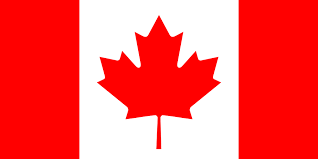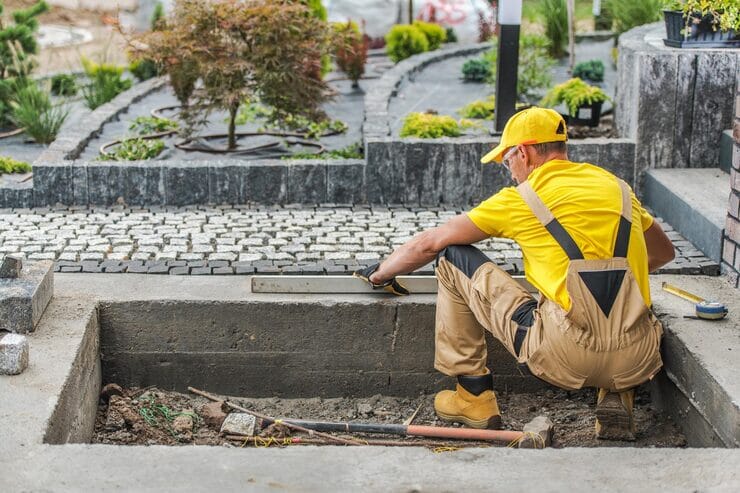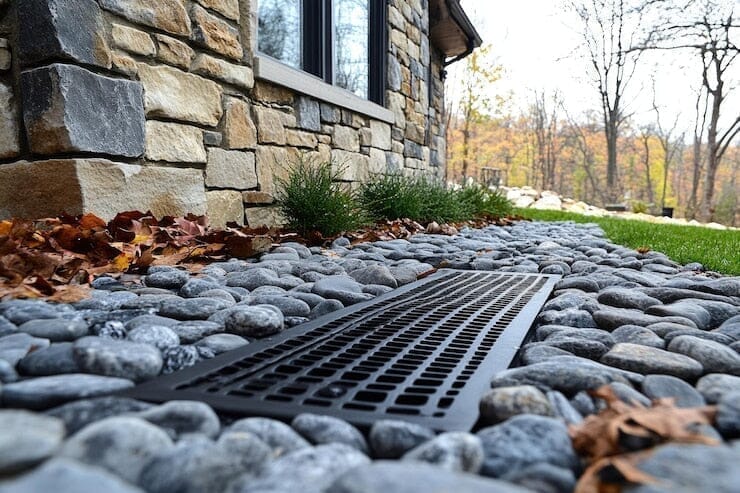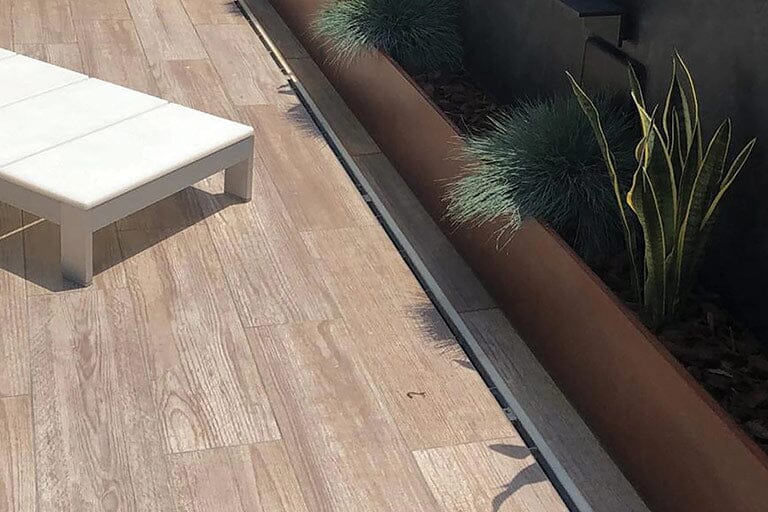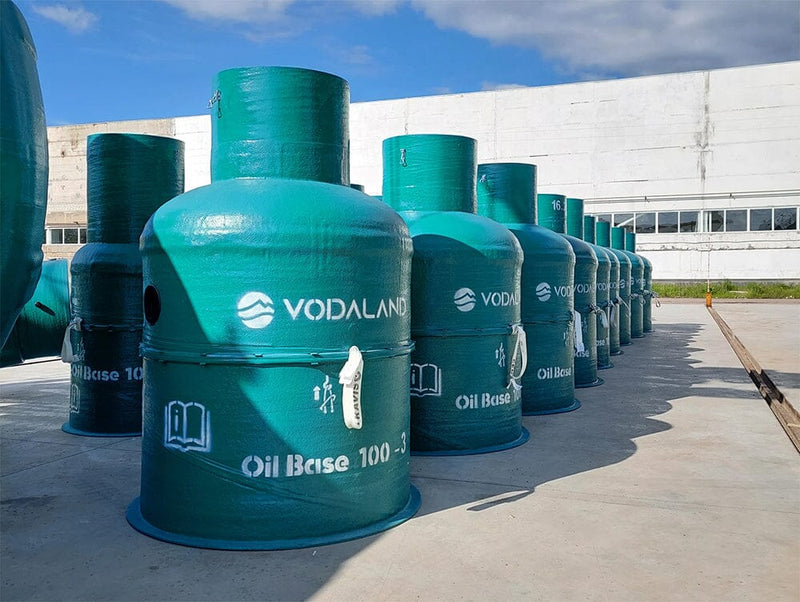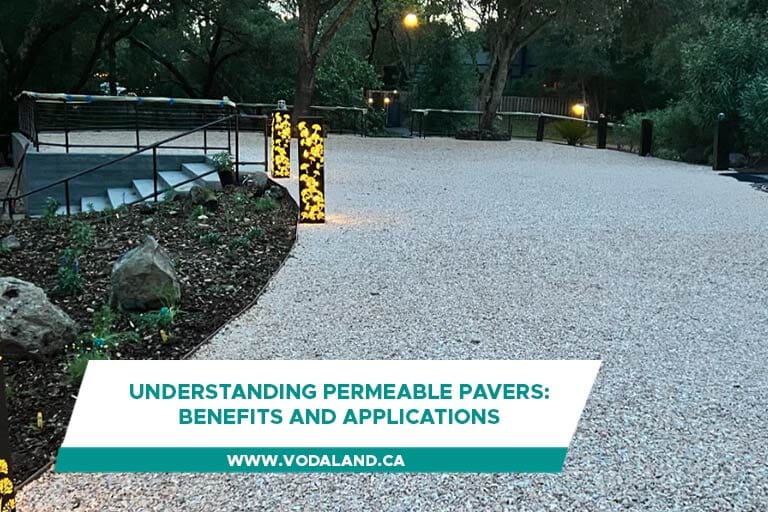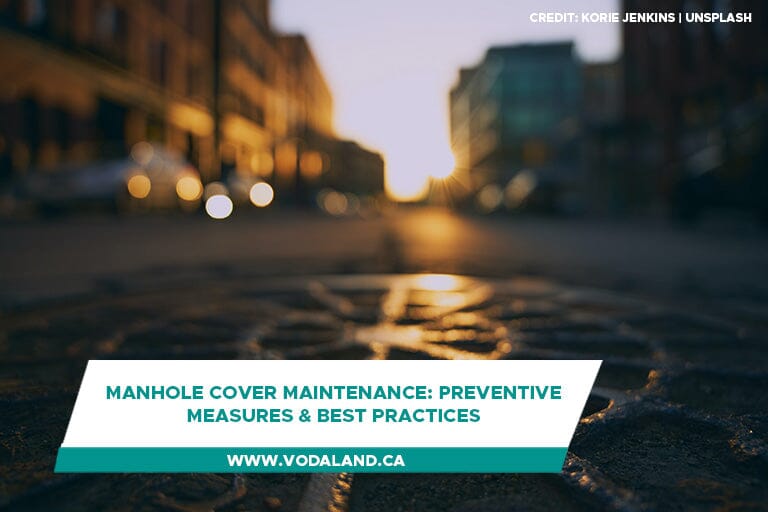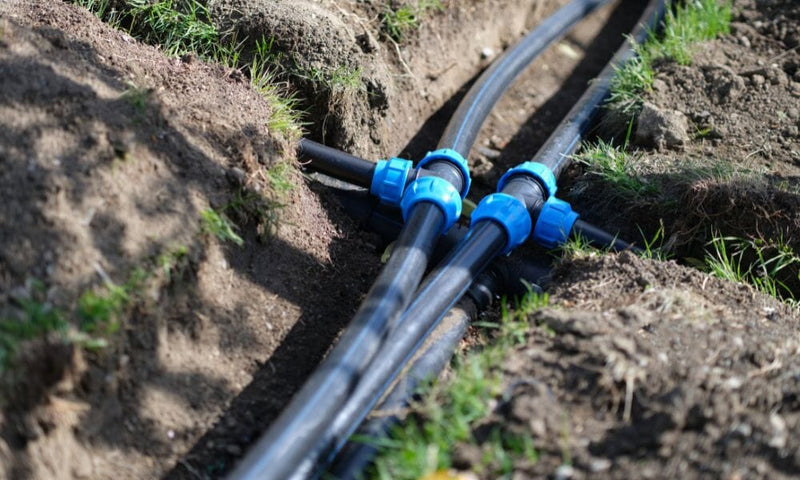Tips for Designing a Drainage System
-
20/04/21
-
Vodaland Canada
Standing water and eroding soil are sure signs of a drainage problem in a landscape. If stormwater doesn’t drain away, or if it runs off with most of the topsoil in the landscape, consider installing a drainage system to manage excess water and retain good soil. Use these tips for designing a drainage system to evaluate options.
Locate the Source of Problem Areas
Before determining what type of drainage system may mitigate soggy spots, ruts, and rills in the landscape, observe how water behaves during and immediately after heavy rain. Identify the path water travels across the landscape and any low points where puddles form. One possible solution is to install a catch basin system. This will gather and slow the torrent of water and divert it through an exit pipe to permissible stormwater management systems.
Check gutters and downspouts for clogs, and make sure water reaches beyond plant beds to preserve good soil. This may require installing downspout extenders to carry water across and away from flowerbeds or vegetable gardens. Two other solutions are installing rain barrels to catch and hold water for later use during dry times or planting a rain garden of vegetation that enjoys wet conditions. These gardens soak up and filter runoff and help hold onto soil.
Finally, if water consistently runs in a rivulet in one direction, forming a rut in the landscape, consider installing a French drain system. These employ landscape fabric to hold onto soil, with stone or gravel on top to permit water to flow freely down a grade to storm sewers or retaining ponds. Some French drains use perforated pipe covered with gravel or grass to direct water away from the landscape while retaining the soil.
Look for Standing Water in Hardscapes
Water should drain easily from driveways, patios, and walkways. If it doesn’t, there could be a problem with the grading of the hardscape itself or the surrounding landscaping. Slot or trench drains provide attractive, unobtrusive drainage solutions alongside or within hardscapes, giving water somewhere to go. Water is lazy; it will take the easiest route off the landscape. Providing a drainage system is a win for both the property owner and the rain.
Considerations for Industrial and Commercial Drainage
Some types of businesses require near-constant drainage solutions—car washes, locker room showers, and restaurant kitchens may need drains that handle heavy traffic and but are also easy to clean. Slot drains fit the bill for these kinds of applications.
Those in need of tips for designing a drainage system in Canada should contact Vodaland. We can help with design advice and installation instructions for many different types of drainage solutions.


